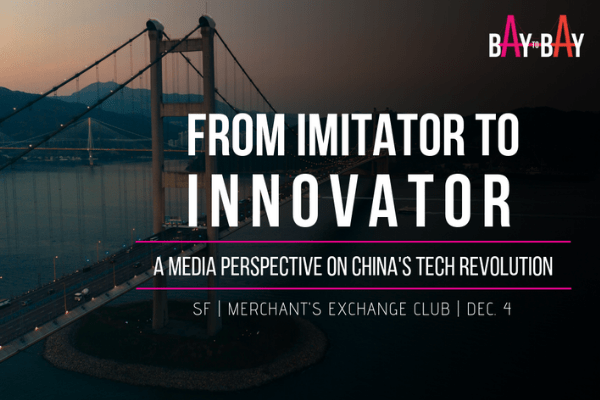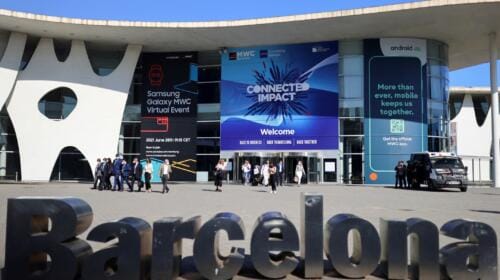For most of recent memory, it has served as a leading ecosystem and epicenter of innovation for technology development that touches almost every vertical – from social media to healthcare to B2B and enterprise high tech tools of the trade. It heralds 39 businesses in the Fortune 1000 and countless startup companies. It also accounts for one third of all venture capital investment in the U.S. alone, fueling its status as a leading ecosystem for tech and scientific development. But a new challenger has emerged.
China recently announced its plans to launch the “Greater Bay Area,” which, like its U.S. counterpart, will integrate several cities with bridges and a high speed rail, including the semi-autonomous regions of Hong Kong and Macau, as well as Guangzhou, Shenzhen, Zhuhai, Foshan, Zhongshan, Dongguan, Huizhou, Jiangmen and Zhaoging, into a business and economic hub. Its ambitious “Made in China 2025” plan is focusing on investing in the economy through subsidies, low-interest loans, and other forms of aid for Chinese companies in advanced industries. The goal? Become the leader in robotics, AI, and clean energy automobiles.
Some worry that China’s own Silicon Valley could mean the ultimate demise of ours. Venture capitalists worry that the burgeoning tech scene could make their own U.S. investments be worth less. It’s certainly already well-positioned to take on the global market economy, its current contribution to national GDP is 12% ($1.5 trillion), despite only covering 0.5% of land in China.
Others worry that the Greater Bay Area might pose a threat when it comes to talent, lamenting that a brain drain to China might mean less talent available to close Silicon Valley’s ever-growing talent gap. Lastly, others are concerned that in the right scenario, China might outpace the U.S. in terms of innovation.
But could the competition actually benefit Silicon Valley in that it might stoke the flame of innovation in an area that prioritizes creative problem solving above all else? Join LEWIS and find the answers on December 4th in San Francisco at an exclusive and educational event. Bay-to-Bay will showcase a brilliant panel of experts from business, government, media, and academia to discuss some of today’s biggest issues around global business and innovation. Admission is free, but space is limited- so be sure to grab your seat now.
Join LEWIS and find the answers on December 4th in San Francisco at an exclusive and educational event. Bay-to-Bay will showcase a brilliant panel of experts from business, government, media, and academia to discuss some of today’s biggest issues around global business and innovation. Admission is free, but space is limited- so be sure to grab your seat now.
For more information, email usmarketing@teamlewis, visit BaytoBay.com and join the conversation on Twitter – #BaytoBay!



